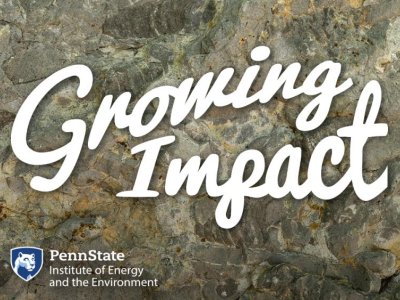
Subsurface CO2 storage has been identified by the most recent report of the International Energy Agency as a key technology in achieving net-zero emissions by 2050. An important challenge to harnessing the full potential of this technology is understanding and thereby controlling the underlying physics of mineral precipitation and dissolution within the microstructure of porous rocks. The evolution of a rock’s void space due to geochemical reactions can either positively or negatively influence the success of underground CO2 storage operations. For instance, carbonate mineralization is the most stable and permanent form of CO2 trapping, but the precipitates can also occlude the void space and inhibit the exposure of key reactants, hence reducing storage capacity. On the other hand, if the injected CO2 leaks, the very same precipitation mechanism can be engineered to cause leakage pathways to self-heal. Our goal is to enable the high-precision control of these geochemical reactions in the subsurface by: (1) determining the fundamental link between precipitation/dissolution patterns in porous microstructures and the relative dominance of transport (advection and diffusion) versus reactions; and (2) developing a reduced-order model based on such microscale insight that can be rapidly deployed in field-scale models to forecast storage. The outcomes will enable site-specific assessment and optimization of CO2 injectivity, leakage potential, and ultimate storage or mineralization capacity of underground formations.






